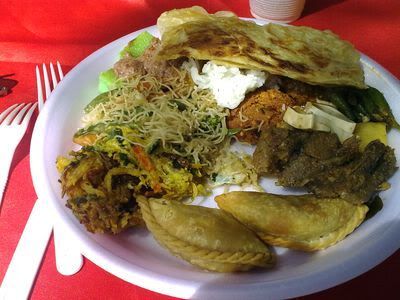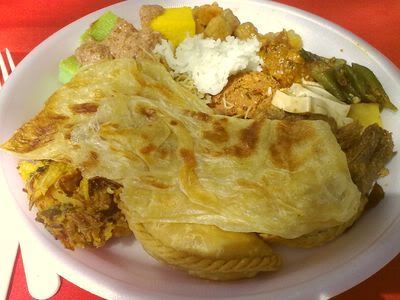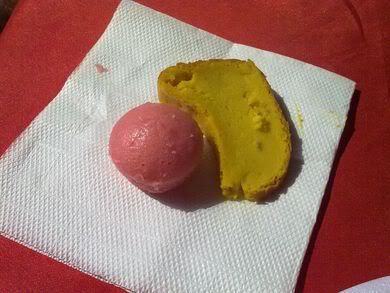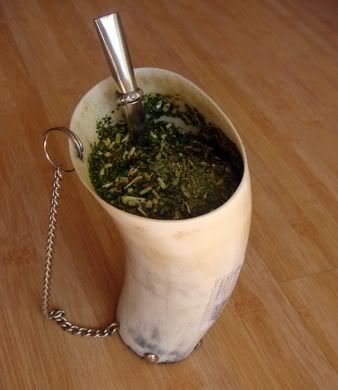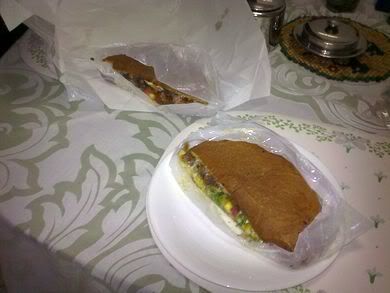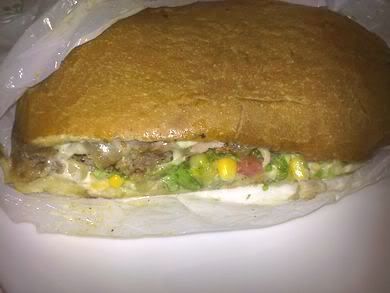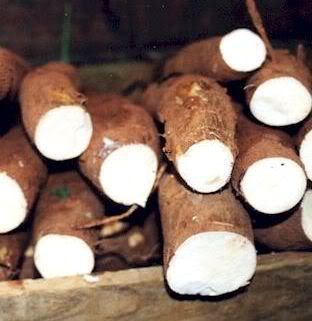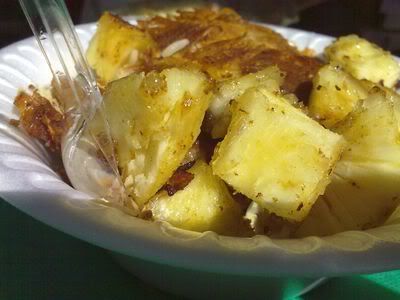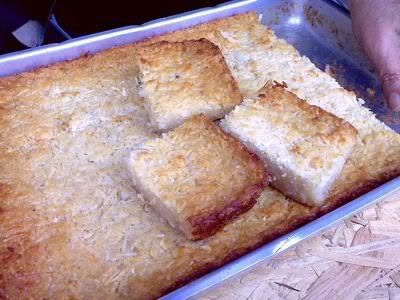So... This weekend I travelled with my girlfriend to a small village in the Brazilian countryside named Pirenopolis. It is located in the State of Goias, which is well known for its unique cuisine, that includes local ingredients (such as the baru nut or the pequi fruit) and traditional dishes (Galinhada - chicken with corn, pequi and rice).
Around Pirenopolis, there is a well-known farm named Vagafogo. From 9h to 16h30, a generous brunch is served to the visitors. It was highly spoken of to me, so it was an obvious destination. It is really worth the visit if you are in the region, because everything there is locally made and tastes very fresh. Many recipies are exclusive from the farm owners and cannot be found anywhere else in town.
My table in the beggining of the brunch: diversity and quantity teaming up...
Three kinds of bread were offered: whole grain, honey bread and milk and butter bread. The bread was served with a wide variety of jams, marmelades and chutneys, some of wich were made out of typical fruits from the region, such as cagaita, pitanga, pequi, starfruit, jabuticaba among others; some of them mixed with pepper for a sweet-spicy taste. There was also three different kinds of creamy cheese, "Minas" type cheese and home-made chanclich. Scrambled eggs were served as well. There was also some meat, preserved in olive oil with spices.
However, my favourite toppings were the dry ambrosia, made out of caramel milk and the "farofa cearense", made with cassava flour and old butter. The visit was really worth it!
Meat and chutneys


